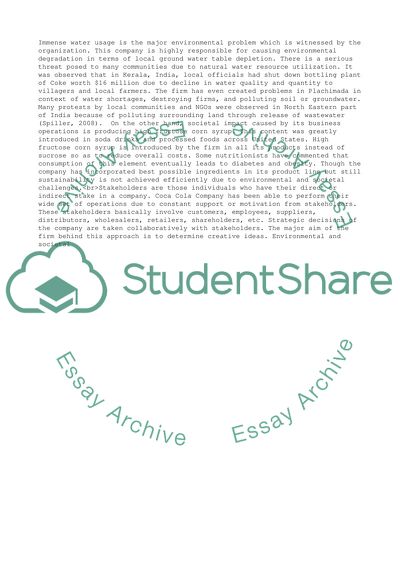Cite this document
(Evaluating the environmental and social performance of an organization Assignment, n.d.)
Evaluating the environmental and social performance of an organization Assignment. https://studentshare.org/business/1854763-evaluating-the-environmental-and-social-performance-of-an-organization
Evaluating the environmental and social performance of an organization Assignment. https://studentshare.org/business/1854763-evaluating-the-environmental-and-social-performance-of-an-organization
(Evaluating the Environmental and Social Performance of an Organization Assignment)
Evaluating the Environmental and Social Performance of an Organization Assignment. https://studentshare.org/business/1854763-evaluating-the-environmental-and-social-performance-of-an-organization.
Evaluating the Environmental and Social Performance of an Organization Assignment. https://studentshare.org/business/1854763-evaluating-the-environmental-and-social-performance-of-an-organization.
“Evaluating the Environmental and Social Performance of an Organization Assignment”. https://studentshare.org/business/1854763-evaluating-the-environmental-and-social-performance-of-an-organization.


